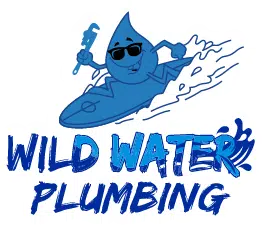SERVICING GREATER JACKSONVILLE AND RICHLANDS, NCSeptic Tank
Repair & Installation
At Wild Water Plumbing, we’ve got you covered for all your septic system needs. Whether you’re setting up a new system, need a routine check-up, or facing an unexpected issue, our expert team is here to help. From installing and connecting your septic tank to keeping your grinder pump running smoothly, we easily handle it. We make sure everything’s flowing properly, so you don’t have to worry about a thing.
SERVICING GREATER JACKSONVILLE, NC.10 Warning Signs Your Septic Tank is Failing
PENDER, CARTERET, JONES, & ONSLOW COUNTIESSeptic Tank Services
- Installing Septic Systems
- Inspecting Septic Systems
- Maintaining Septic Systems
OUTDOOR PLUMBINGSeptic Tank FAQs
It’s best to avoid harsh chemicals and opt for septic-safe cleaners. Chemicals can disrupt the balance of bacteria in your septic tank, which is essential for breaking down waste.
Bad odors can indicate a problem, such as a full tank, a leak, or a clog in the system. If you notice persistent foul smells, it’s a good idea to get your system checked out.

